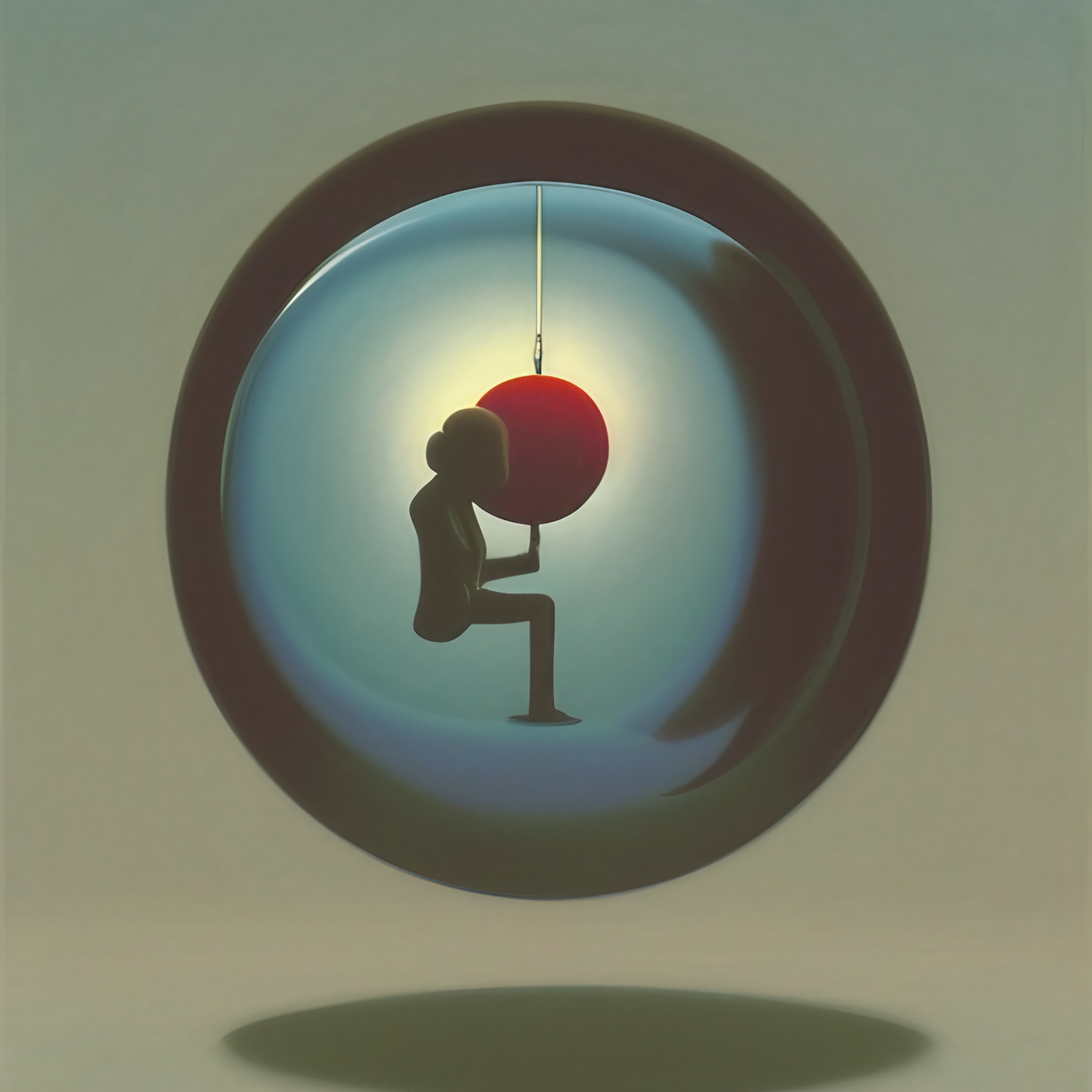
Panic attacks are characterized by feelings of intense terror and dread accompanied by physiological changes such as sweating, trembling, racing pulse, and choking sensations. They usually occur suddenly and without warning. In contrast, anxiety disorders involve persistent worry over everyday events and concerns about one’s future. These worries tend to focus on potential problems rather than actual threats. A person with generalized anxiety disorder might feel tense and restless most of the day, unable to concentrate, and experience sleep disturbances. Someone with social phobia might avoid public speaking because of fears of being embarrassed or humiliated.
The National Institute of Mental Health reports that approximately 15 million Americans suffer from some form of mental illness each year. While many people recover completely, others continue to struggle with debilitating conditions like depression and schizophrenia.
Panic Attack
A panic attack happens suddenly and lasts about 30 minutes. You feel like you’re having a heart attack or dying. Your thoughts race and it feels like everything around you disappears.
You might experience one of several types of panic attacks. These include:
• Chest pain
• Shortness of breath
• Nausea
• Sweating
• Feeling dizzy or lightheaded
What Are Anxiety Attacks?
Anxiety attacks are a type of panic attack. These occur when you feel anxious about something happening in the future. You might worry about losing control over yourself, being unable to cope with what is happening around you, having trouble breathing, feeling dizzy or faint, or even thinking about death. People who experience anxiety attacks don’t know why they happen, but it seems to come out of nowhere. They might think there’s nothing wrong with them, but they can cause problems in everyday life.
What Does an Anxiety Attack Feel Like?
Anxiety attacks are sudden episodes of intense fear and anxiety. You might feel like you’re having a heart attack or there’s something wrong with you. These feelings come over you very quickly and they go away just as fast. If you’ve ever had one, you know it feels horrible.
Panic attacks occur when someone’s body goes into fight or flight mode. This causes adrenaline levels to spike. Adrenaline makes people think faster and act stronger. But when it gets too high, it can cause problems.
People who experience panic attacks often describe them to be terrifying experiences. Many say they felt like they were dying or losing control. Some even report feeling like they were choking. Others describe seeing things that weren’t really there.
Common Causes & Risk Factors
Panic attacks are very common among people suffering from anxiety disorders. However, there are many different types of anxiety disorders and it is important to know what yours is. Panic attacks are characterized by intense feelings of terror, chest pain, sweating, palpitations, shortness of breath, dizziness, numbness, shaking, trembling, nausea, vomiting, diarrhea, headache, blurred vision, tingling sensations, chills, hot flashes, muscle aches, confusion, agitation, irritability, restlessness, fatigue, insomnia, nightmares, flashbacks, and/or hyperventilation. These symptoms are temporary and do not cause permanent damage to the body.
People who suffer from panic attacks may experience one episode per month or even once every few months. If you are experiencing frequent episodes, seek medical attention immediately. For those who experience less frequent episodes, it is recommended that you see a doctor within six weeks of the onset of symptoms.
The most common causes of panic attacks include stress, depression, post traumatic stress disorder, relationship problems, substance abuse, eating disorders, sleep deprivation, caffeine withdrawal, thyroid disease, hormonal changes, medications, and certain medical conditions such as high blood pressure, diabetes, asthma, migraines, and epilepsy.
Risk factors associated with panic attacks include family history, social phobia, agoraphobia, obsessive compulsive disorder, chronic illness, childhood trauma, sexual abuse, physical injury, head injuries, brain tumors, stroke, suicide attempts, alcohol use, drug use, smoking, and exposure to violence.
Key Differences Between Anxiety and Panic
Anxiety and panic attacks both share similar symptoms, including Shortness of Breath, Chest Pain, Sweating, Heart Palpitations, Dizziness, Nausea, Tremoring, Tingling Sensations, Hot Flashes, Fearfulness or Dread. However, there are key differences between the two. People who suffer from panic disorders often feel like they’re having an Asthma Attack, whereas those who suffer form Generalized Anxiety Disorder don’t necessarily feel any physical symptoms at all.
People who suffer from panic attacks typically worry about things that aren’t really happening, while those who suffering from Generalized Anxiety Disorder typically worry about things that are definitely happening.
How to handle a panic attack
Panic attacks are common among people with anxiety disorders. They happen when someone feels intense fear or worry about something happening. People experience physical symptoms like rapid heartbeats, sweating, shaking, shortness of breath, dizziness, numbness, or tingling sensations. These feelings often come out of nowhere. Some people even call it “a feeling of impending doom.”
People experiencing a panic attack don’t know what triggers them. But there are ways to cope with them. Here are some tips to help you manage a panic attack.
The most important thing to do during a panic attack is to recognize the trigger. When you’re having one, try to identify the situation or event that triggered the attack. If you can pinpoint the cause, you’ll be better able to control it. For example, if you’ve had a panic attack while driving, you could take steps to avoid doing so again. Or if you tend to have panic attacks around crowds, you could plan ahead and arrive early at events.
When you’re having a panic attack, you may feel overwhelmed by negative thoughts. Try to accept those thoughts without judgment. Instead, focus on what you’re feeling physically. Take deep breaths, relax your muscles, and count backward from 10. This helps calm down your body.


